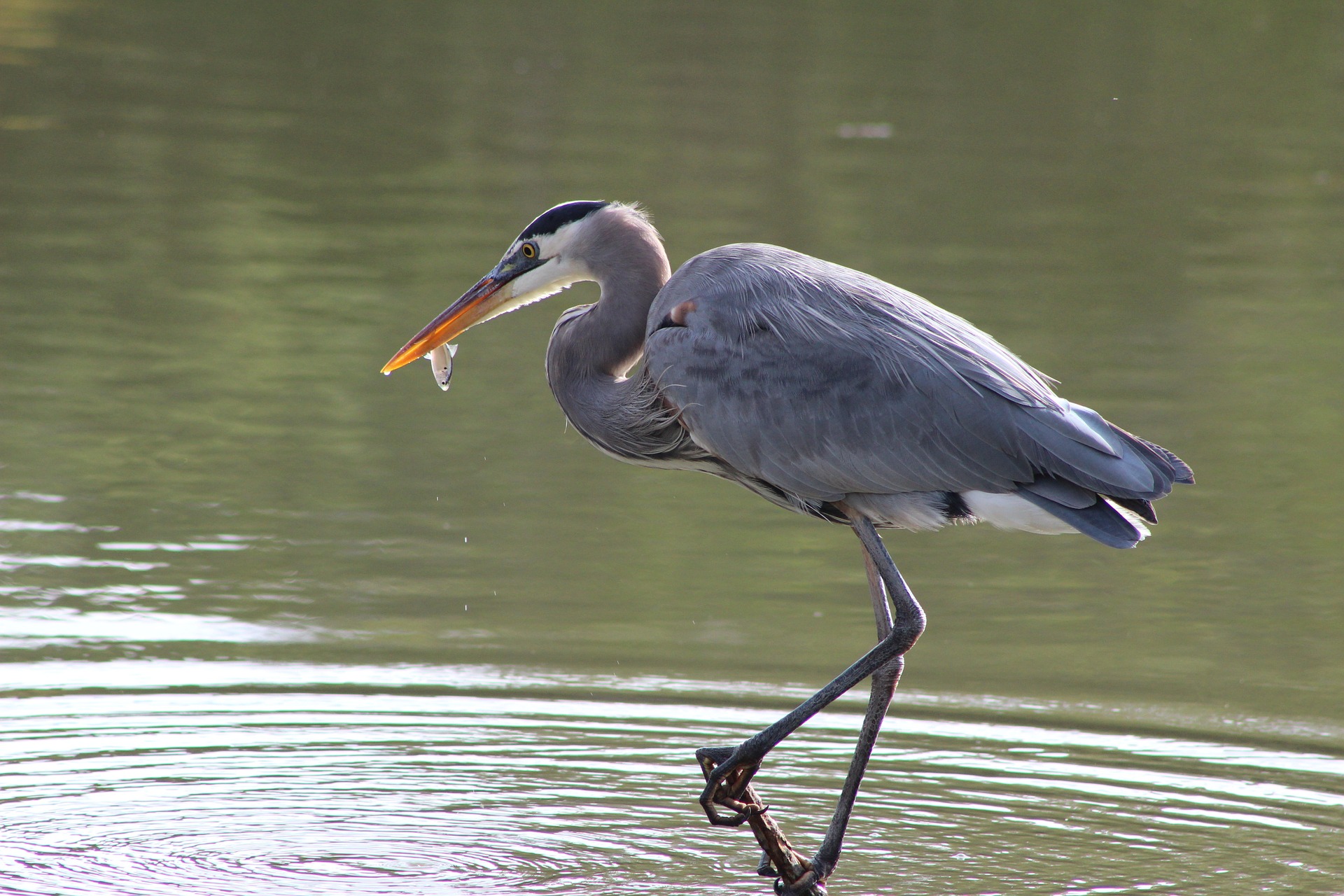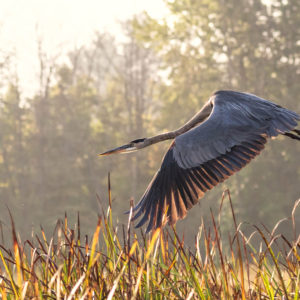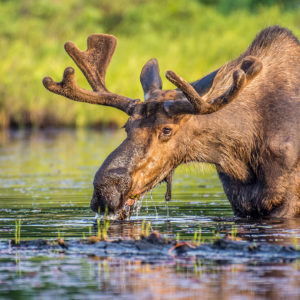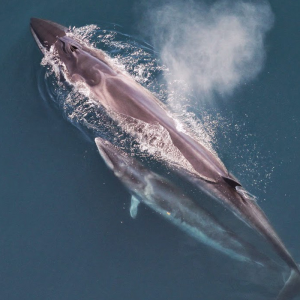Proposed National Wildlife Area: Lac St. Pierre
Written by intern Gabriel Planas.
What is it?
Lac St.-Pierre is a widening of the St. Lawrence River 75 Km downstream from Montreal and about 120 km from Quebec City. Lac St. Pierre is considered the furthest inland where there is still a distinct tidal effect. The lake is shallow, rarely reaching depths greater than 3m. Aquatic plants are abundant with many species such as Water Celery. These factors make Lac St. Pierre excellent habitat for fish species at risk such as Lake Sturgeon, Copper Red Horse and Striped Bass. Lac St. Pierre has four IBAs that provide habitat for tremendous numbers of waterfowl and other species. Between 500,000 and one million Greater Snow Geese annually migrate over lac St. Pierre, most of them stopping for many days.

Great Blue Heron
On an island on the west side of the Lac is one of the largest heronries in North America, with over one thousand pairs of Great Blue Herons, as well as populations of Black-crowned Night Heron and Great Egret. The wetland contain significant numbers of the at-risk Least Bittern, and the lake also supports continentally significant numbers of waterfowl such as Black Scoter. Some of the lake’s wetlands are also believed to be a significant roost site for swallow species prior to their fall migrations to the south.
Issues:
There are a number of issues facing Lac St. Pierre that have affected water quality and wildlife habitat. Oil or chemical spills from ships using the St. Lawrence Seaway which passes directly through Lac St. Pierre, is a constant threat due to the high volume of shipping. Dredging of sediments in Lac St. Pierre to keep the lanes open has damaged and destroyed fish and mollusk habitat and released chemicals and heavy metals into the water, exceeding safety limits. Surface water tests often find high amounts of metals such as aluminum, chromium, copper and Iron.
Intensive agricultural operations around Lac St. Pierre release fertilizers and other chemicals into the numerous tributaries emptying into Lac St. Pierre resulting in serious pollution issues. Extensive wetlands around the lake have been drained for conversion to agricultural resulting in loss of wetland habitat, impacting migratory bird and fish; populations of Pickerel and yellow perch.
What is being done?
On the bright side, the importance of Lac St. Pierre to nature conservation is recognized. The area has four IBAs (Important Bird Area). The area is also part of the Lac St.-Pierre Biosphere Reserve, as designated by UNESCO (United Nations Educational, Scientific and Cultural Organization). The Biosphere Reserve is aimed at engaging people in environmental and educational activities to help in its conservation. Additionally, the RAMSAR Convention, which aims to help the conservation and management of wetlands, has recognized this area as a wetland of international importance. The Quebec and Federal governments recognize Lac St. Pierre as a high priority conservation area. Despite the best of intentions, protection of this area primarily only extends to bird populations or limited wetland conservation projects. Nature Canada supports efforts to protect Lac St. Pierre as a National Wildlife Area.

Want more nature news?Discover more about the nature you love. |



